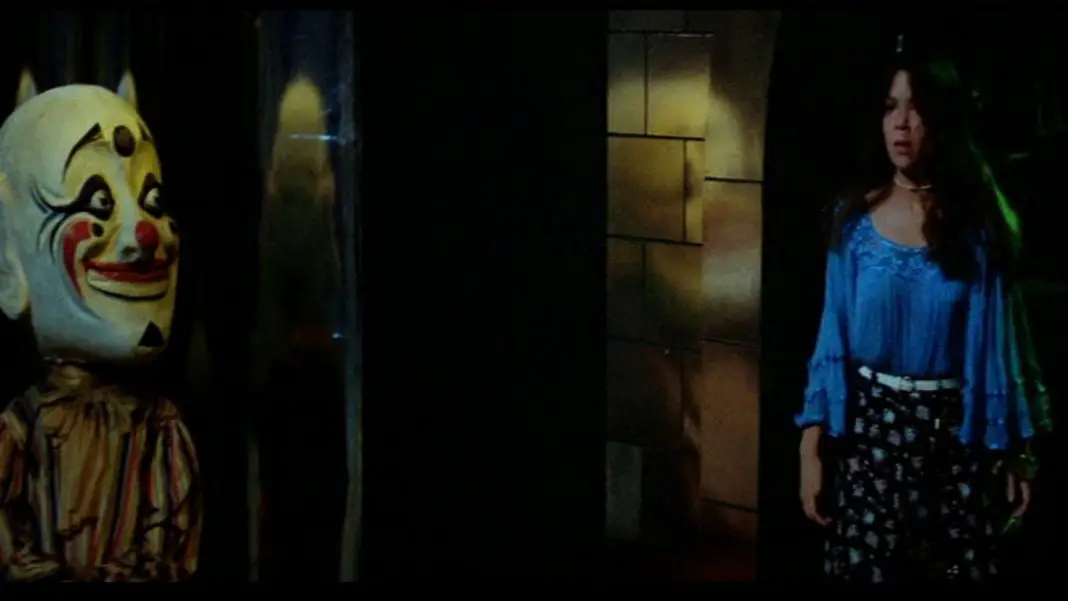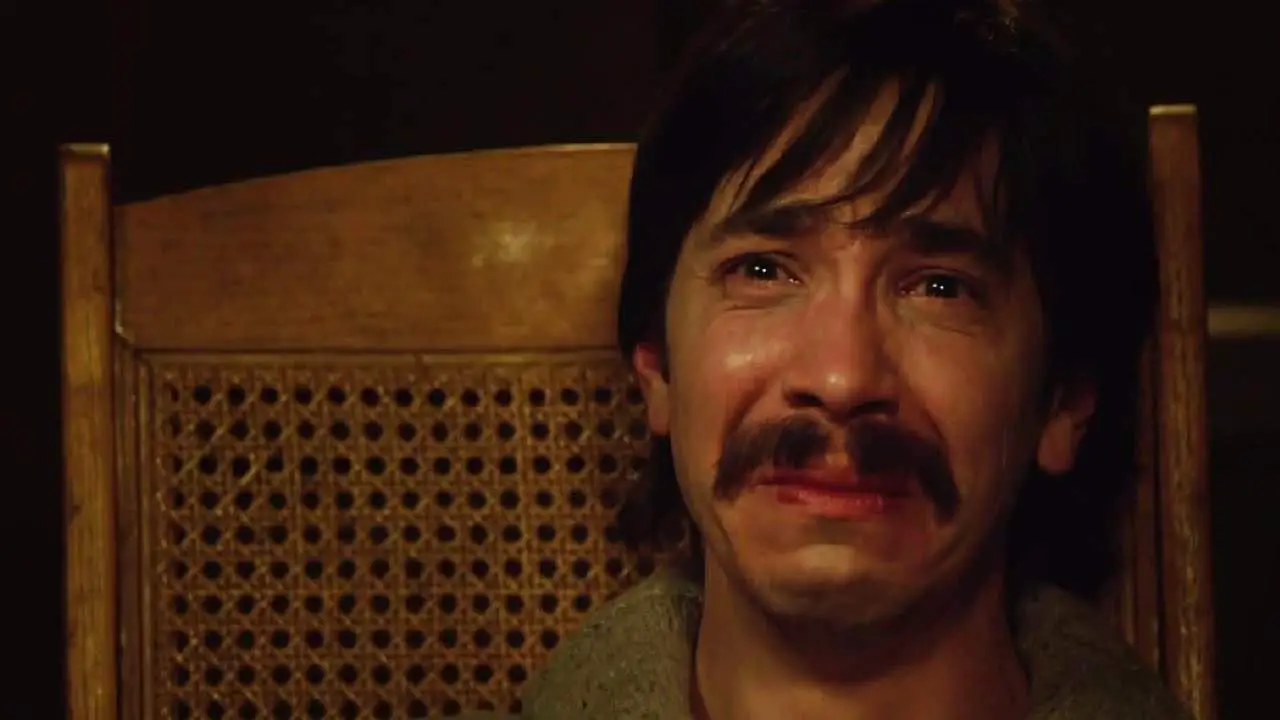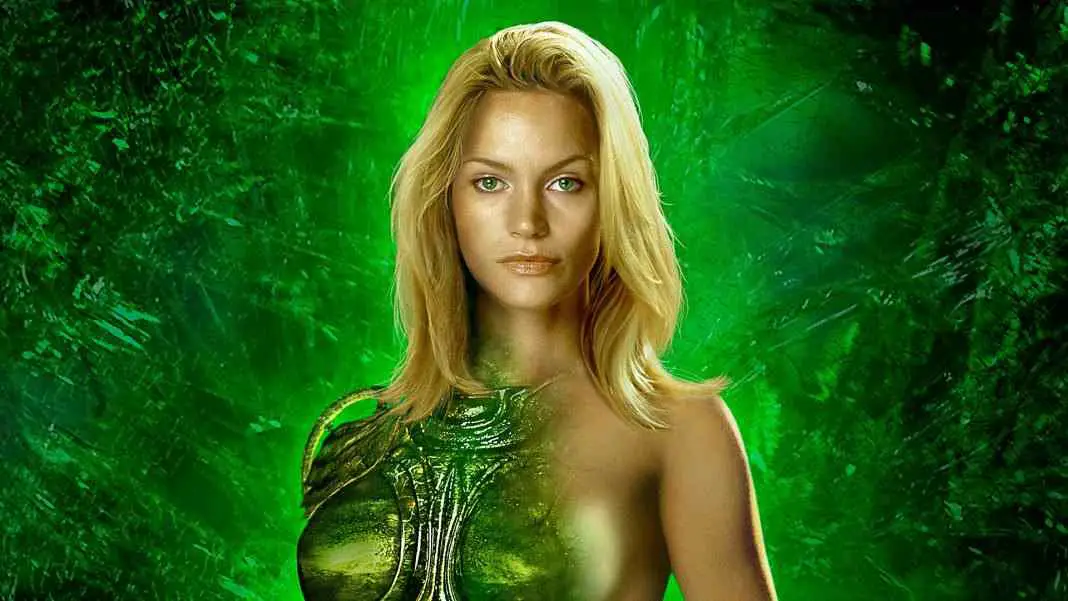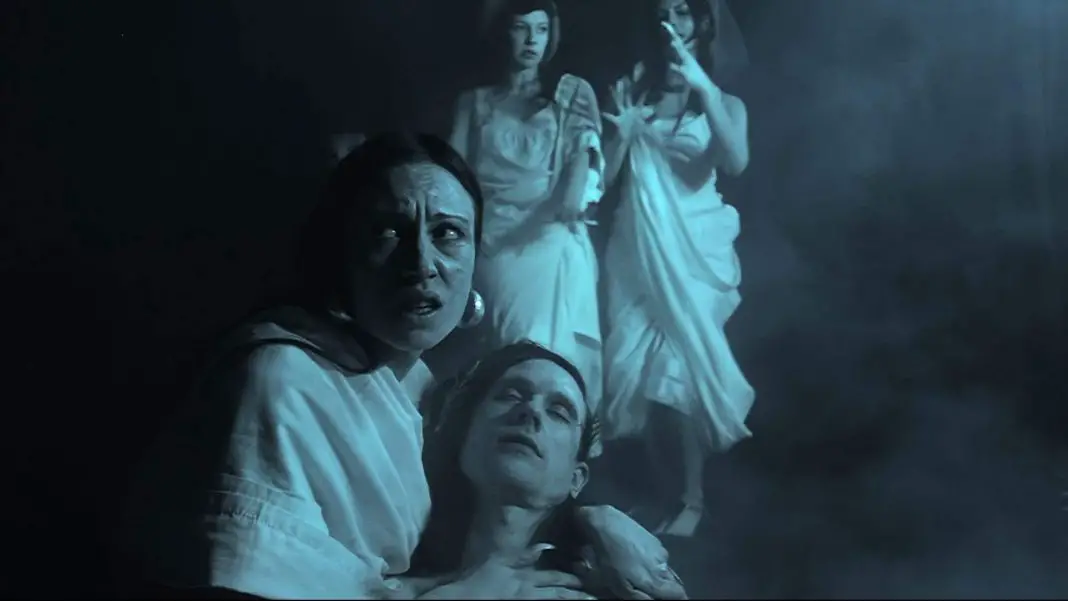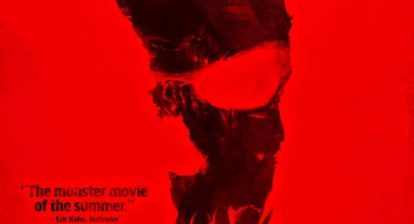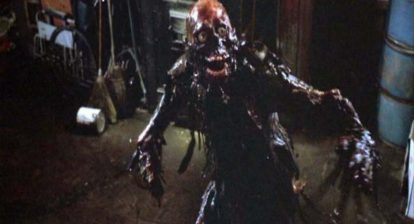Welcome to Back to the ’80s. This recurring feature aims to take a look at the good, the bad, and the ugly from horror’s most beloved decade. Regardless of which category a particular film falls under, this segment will spotlight films that horror fans can appreciate for one reason or another. We will look at how some of these flicks have stood the test of time and others have not aged quite so well. Regardless of what they look like today, these efforts from the 1980s laid the groundwork for the horror genre as we know it today.
The carnival has come to town. One late evening, two couples have decided to partake in the fun. Amy Harper (Elizabeth Berridge) is unnerved by the plan due to a discussion from her parents. Her folks not only oppose her boyfriend, Buzz (Cooper Huckabee), but also sit in judgment of a carnival with a sinister reputation. Buzz convinces Amy that everything will be fine, and the two pick up Liz (Largo Woodruff) and Richie (Miles Chapin). They engage in various attractions until deciding it would be a thrill to spend the night in the funhouse ride. Once the foursome is locked in, they realize that the dark rumors surrounding the carnival just might be true.
Directed by Tobe Hooper (The Texas Chainsaw Massacre), this 1981 film is fun and scary. It opens with several homages lumped together. The obvious references being with the introductory masked POV shot from Halloween and the shower scene from Psycho. When The Funhouse begins, the viewer might assume these shots are just a rip-off or derivative from earlier films. However, like at a carnival, Hooper is the barker inviting the audience in to understand what kind of film they are watching. The director is letting us know about the ride. After this seemingly predictable opening reveals itself to be a jump-scare prank, the movie really begins.
Like The Texas Chainsaw Massacre, the visual style of The Funhouse reminds one of a documentary film. Hooper uses this approach to make the actors seem like regular kids. This is effective in sustaining the audience’s attachment to the characters as well as feeling unsettled. At first, Hooper’s films share a similar style. He separates The Funhouse from the earlier feature by maintaining a suspenseful atmosphere. Where The Texas Chainsaw Massacre had relentless intensity, The Funhouse lends itself to a more nervous quality. Instead of being chased constantly by a killer, the characters must look beyond the shadows and faded props to find where the danger may leap out.
The Funhouse could easily slip into a campy or silly film. The carnies in the background are tempting to focus on. Inside the funhouse ride, the props are clearly ridiculous. Yet, Hooper’s style adds a menacing quality to those whose job it is to keep the carnival running. He does not dwell on the caricature element. Instead, from Amy’s point of view, he will focus on a barker spouting out invitations to ride or play a game. The voice becoming dangerously hypnotic. Through Amy’s younger brother, Joey (Shawn Carson), the adults appear threatening whether they are costumed or in street clothes. Hooper’s maintenance of a suspenseful atmosphere is worth note due to all the distractions that could easily sidetrack the audience.
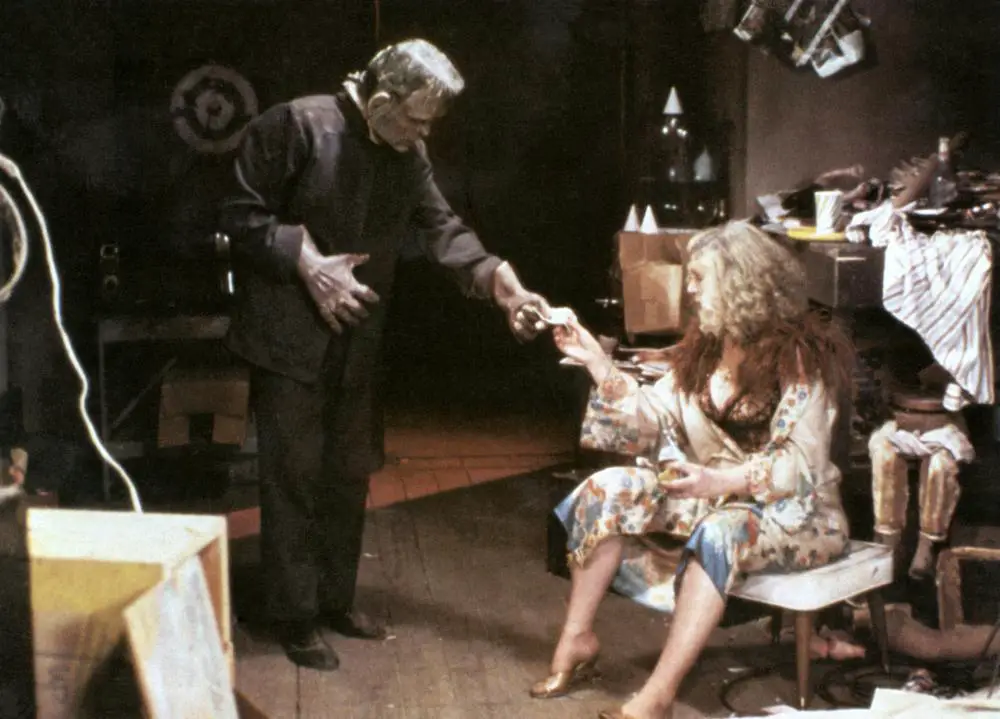
The make-up effects are somewhat dated, but do not detract from the overall film. The main villainous stalker is a silent man with deformed facial features. The effects are substituted for the masks used in other features of the time. The popularity of the slasher film was beginning to rise, and a common staple involved a masked assailant. Before the reveal, the character of Gunther (Wayne Doba) is wearing a Frankenstein mask. This achieves a creepy effect. Especially regarding Gunther’s interaction with the fortune teller, Madame Zena (Sylvia Miles). The seedy seduction between the two is unsettling as Gunther remains silent beneath his mask. When his father, Conrad (Kevin Conway) removes the mask, the shock value is startling. Doba’s performance manages to successfully breathe life into the character.
The main cast is a believable group. One can easily identify these characters without placing them directly into stereotypes. Elizabeth Berridge delivers a quiet and pensive performance as Amy. She is the sensible group member willing to take a risk. She attempts to think rationally even if she does not make the best choices. Cooper Huckabee’s Buzz is a suitable counterpart to Amy. He is fun-loving, yet manages to reel in Richie’s riskier personality traits. Played by Miles Chapin, Richie enjoys smoking pot and drifting from one scenario to the next. His actions tend to get the gang into more trouble than they would otherwise. Largo Woodruff as Liz is arguably the most interesting character of the group. She is more impulsive than Amy. However, even when having fun, she pays attention to detail. When forced into a tricky situation, she is smart and willing to do what she must to survive.
The other side of the cast belongs to the carnival residents. Kevin Conway is intentionally menacing as Conrad the barker. His relationship with his son is volatile. Where Gunther is acting out of fear, Conrad is shown to be a malevolent villain. He is calculating, selfish, and willing to do whatever necessary to ensure his needs are met. Sylvia Miles is memorable as the fortune teller. One gets the impression that her sad life has toughened her exterior. She takes because she has been taken from and this may cost her in the end.
Fans of 1980’s horror should definitely check out The Funhouse. The 1981 feature is a fun ride with thrills and suspense. Hooper’s signature style is utilized in a fresh way. He soaks in methods from other contemporary works of the time and then delivers to the audience his own perspective. The Funhouse is a claustrophobic glimpse into those living a nomadic existence. There are those willing to help a lost boy. Others that just want to have a bit of fun. And some that believe the carnival is a traveling family with secrets. Secrets they are willing to kill to keep.

